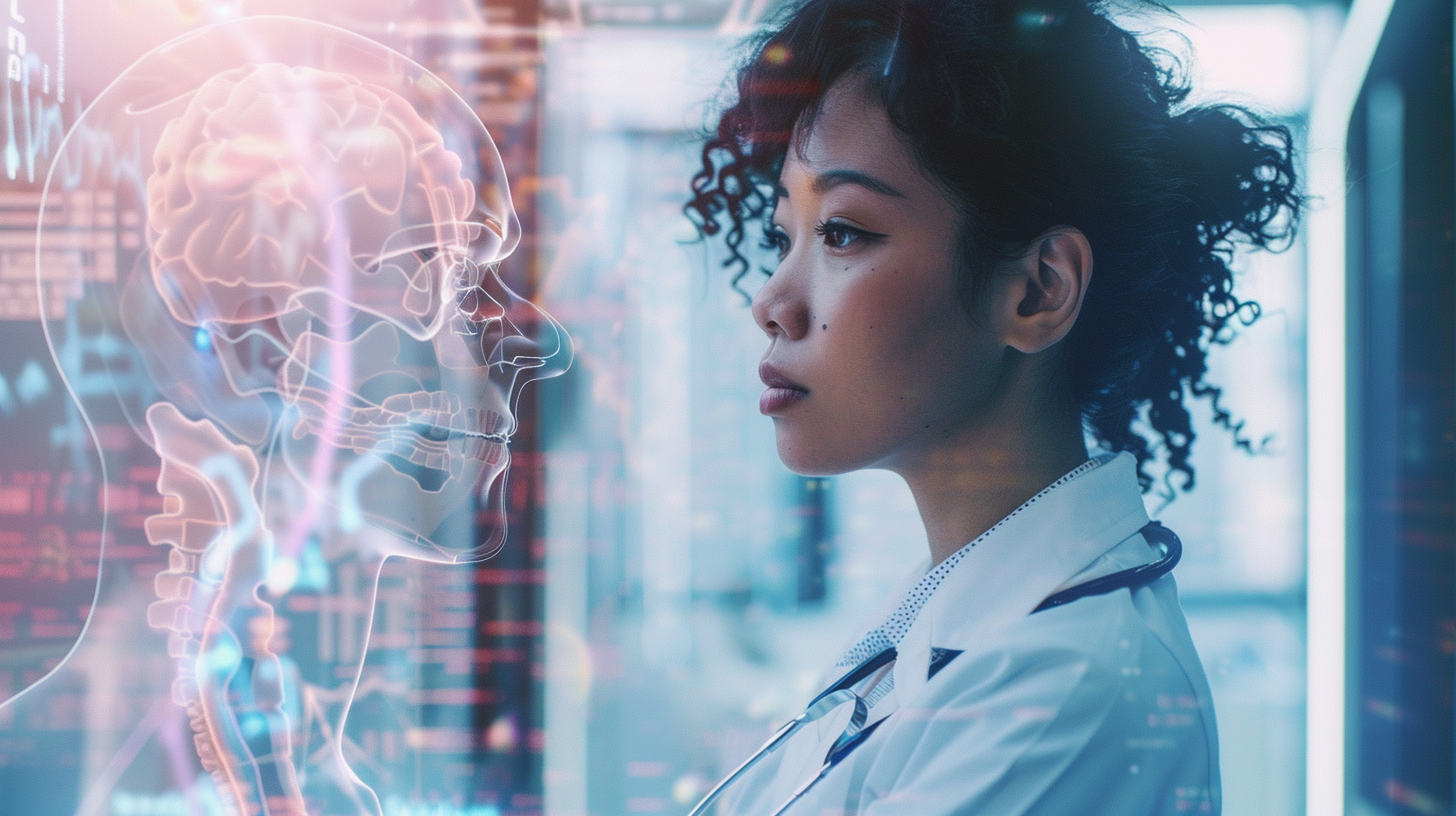Telehealth's Next Chapter: AI and Real-Time Tech Power Up Care

The telehealth revolution is upon us. Gone are the days of inconvenient in-person appointments; patients can now connect with healthcare providers from the comfort of their homes. However, despite the undeniable progress, current telehealth solutions still have limitations. This blog post dives into the existing gaps in telehealth and explores how real-time audio-video technologies and Artificial Intelligence (AI) can bridge them, propelling telehealth into a new era of effectiveness and accessibility.
The Current Landscape: A Glimpse into the Gaps
While telehealth offers undeniable convenience, it often falls short in replicating the richness of in-person interactions. Here are some key shortcomings:
- Limited Physical Examination Capabilities. Traditional telehealth consultations primarily rely on a patient's self-reported symptoms and medical history. This lack of a comprehensive physical examination can hinder accurate diagnosis and treatment planning.
- Mental Health Assessment Challenges. Assessing mental health concerns remotely presents unique challenges. Subtle cues that healthcare providers rely on during in-person visits, like body language and facial expressions, can be harder to discern in a virtual setting.
- Engagement and Rapport Building. Building rapport with patients is crucial for effective communication and treatment adherence. The impersonal nature of some current telehealth platforms can make it difficult to establish a strong connection.
- Accessibility Issues. Technological barriers and lack of digital literacy can prevent certain demographics from accessing telehealth services. This creates a gap in healthcare equity and can exacerbate existing disparities.
Real-Time Technologies and AI: The Path Forward
The good news is that advancements in real-time audio-video technologies and AI offer promising solutions to bridge these gaps and elevate the telehealth experience. Let's explore how:
- Enhanced Physical Examinations with Remote Diagnostics Tools. Imagine a future where physicians can utilize AI-powered otoscopes or stethoscopes during telehealth consultations. These tools can capture high-resolution images and sounds, allowing for a more thorough examination and improved diagnostic accuracy. Additionally, AI-powered algorithms can analyze this data and provide real-time insights to the healthcare provider.
- Revolutionizing Mental Health Assessments with AI-powered Chatbots and Analysis Tools. Chatbots powered by natural language processing (NLP) can engage patients in conversation before a consultation, gathering valuable information about their symptoms and experiences. AI-powered analysis of facial expressions and vocal patterns during video consultations can further assist healthcare providers in making accurate assessments.
- Building Rapport Through Immersive Technologies. Virtual Reality (VR) can create a more immersive and interactive environment for telehealth consultations. Imagine a therapist using VR to guide a patient through a relaxation exercise or a physical therapist demonstrating exercises in a virtual environment. This fosters a more engaging experience and strengthens the connection between patient and provider.
- Bridging the Digital Divide with User-Friendly Interfaces and Accessibility Features. Telehealth platforms should be designed with user-friendliness in mind. Simple interfaces, along with features like closed captioning and language translation, can ensure that everyone has access to these essential services. Additionally, leveraging existing communication channels, like phone calls, can reach those who lack the necessary technology or internet access.
The Future of Telehealth: A Collaborative Effort
The future of telehealth lies in a collaborative effort between healthcare providers, technology developers, and policymakers. Here are some key steps to move forward:
- Invest in Research and Development. Continued investment in research and development of real-time audio-video technologies, AI-powered tools, and user-friendly interfaces are crucial for creating a robust telehealth infrastructure.
- Focus on Data Security and Privacy. As telehealth platforms collect and store sensitive patient data, robust data security measures are paramount. Implementing industry-standard encryption protocols and clear data privacy policies will build trust among patients and healthcare providers.
- Standardization and Regulatory Frameworks. Clear and consistent regulations regarding telehealth practices, data privacy, and reimbursement models are essential for widespread adoption and optimal utilization of these technologies.
A New Dawn for Telehealth
By harnessing the power of real-time audio-video technologies and AI, telehealth can evolve from a convenient alternative to a comprehensive and effective solution. By addressing the current gaps and focusing on accessibility and user experience, we can create a future where telehealth empowers patients, improves healthcare outcomes, and bridges the gap to quality care for all. Let's embrace this opportunity to revolutionize healthcare delivery and create a more connected and accessible healthcare ecosystem.
LiveSwitch is the real-time audio and video provider of choice among the leading brands in telehealth. If you’re thinking of building your telehealth application, get in touch with our team or check out our telehealth demo here!
